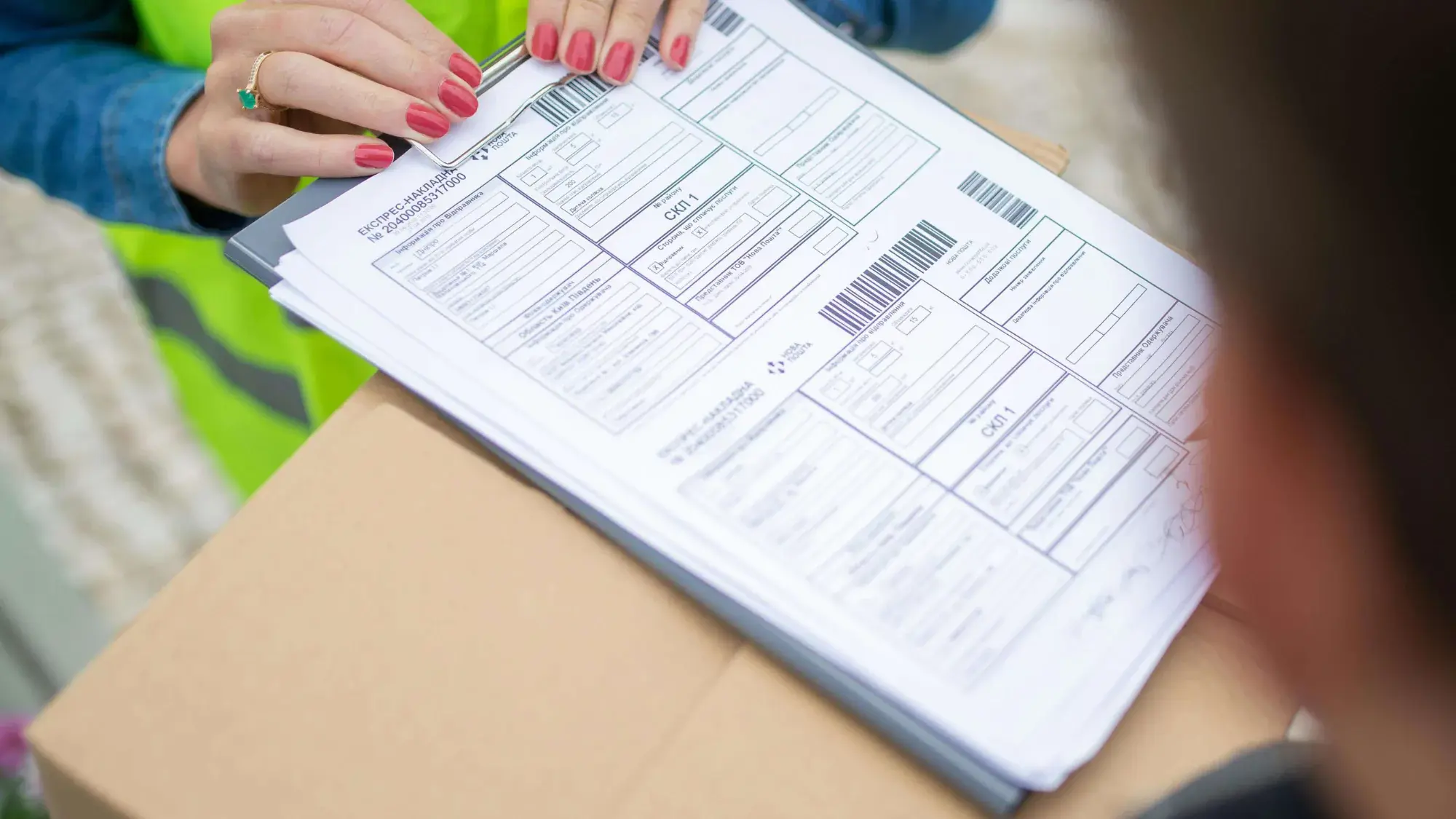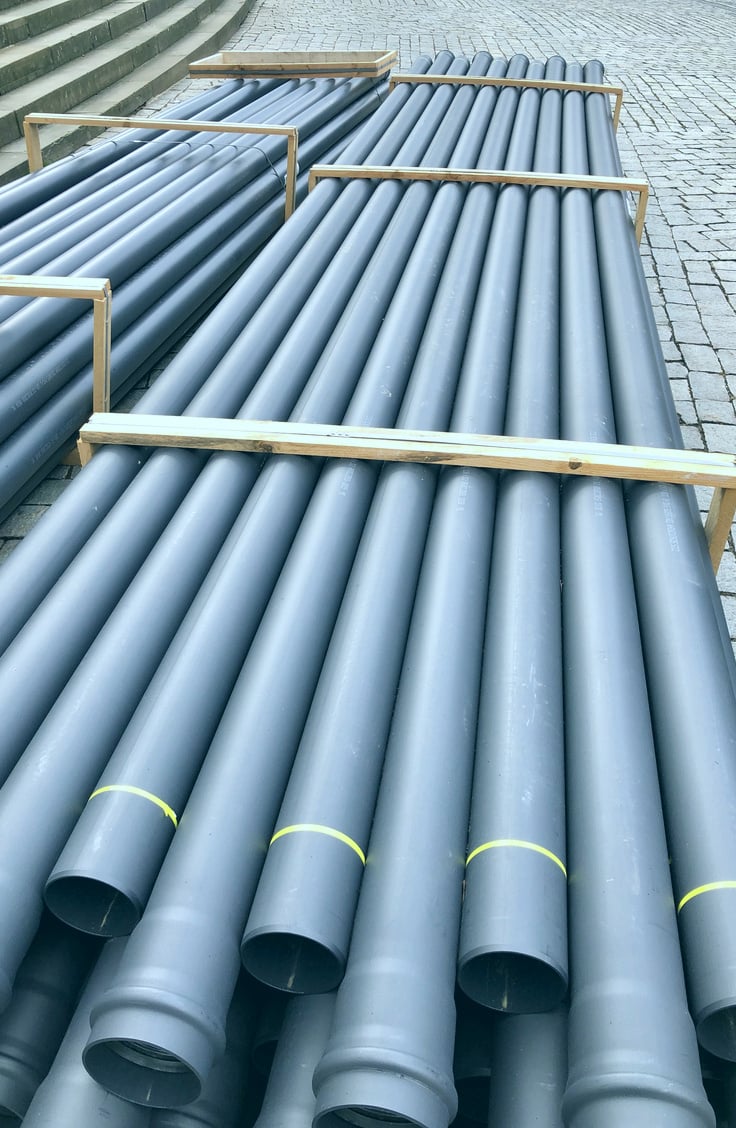
Shipping outbound freight can be a nerve-wracking experience, leaving businesses and customers alike to wonder: Will this shipment arrive on time and in one piece? Unfortunately, damage, loss, and delays happen. Understanding how to navigate the freight claims process is crucial for protecting your business and bottom line.
This blog will break down the often confusing world of freight claims, providing a step-by-step roadmap to filing and resolving outbound shipping claims successfully.
Breaking Down Freight Claims: The Basics
Types of Freight Claims
Freight claims generally fall into three main categories: damage, loss, and delay. Let's break down each type:
Damage Claims
This is the most common type of claim. Damage claims occur when goods are partially or completely damaged in transit. This could include anything from scratches and dents to more severe issues like breakage, water damage, or contamination. Think of a shipment of delicate electronics arriving with cracked screens or a pallet of food products exposed to extreme temperatures.
While industry statistics on freight damage can vary, many shippers find that proactive measures and strong partnerships with reliable carriers can significantly reduce their claim rate. Some shippers have even achieved claim rates below 0.5% through collaborative efforts to improve packaging, optimize carrier selection, and enhance overall supply chain efficiency. This demonstrates the potential for minimizing damage and protecting valuable goods in transit.
Loss Claims
Loss claims are filed when freight goes missing in action. This can involve the entire shipment or just a portion of it. Partial loss can be particularly tricky, as it often requires thorough investigation to determine what happened and where the missing goods went astray. Imagine a pallet of building materials disappearing from a truck at a rest stop or a few boxes mysteriously vanishing from a container shipment. Proving loss can be challenging, so meticulous documentation throughout the shipping process is absolutely essential.
Essential Documentation for Freight Claims
Building a solid freight claim starts with meticulous documentation. Think of it as assembling the pieces of a puzzle that clearly illustrates the what, where, and when of any shipping mishap. Here's a breakdown of the essential documents you'll need:
-
Bill of Lading (BOL): The BOL is the cornerstone of your shipment. This document serves as a contract between you and the carrier, providing all the critical details about the freight being transported. Accuracy is paramount–ensure the BOL correctly identifies the goods, quantity, weight, origin, and destination. Any discrepancies can significantly weaken your claim.
-
Freight bill: This document outlines the charges associated with your shipment. Scrutinize the freight bill to confirm that the services and fees align with your agreement. Identifying any discrepancies early on can prevent complications during the claims process.
-
Proof of Delivery (POD): The POD is your receipt confirming the delivery of your shipment. However, its importance goes beyond mere confirmation. Before signing the POD, inspect your freight thoroughly. It's crucial to note any damage or loss directly on the POD itself, as this serves as immediate documentation and is vital for supporting your claim. If the driver is unwilling to wait for you to inspect the freight, note that on the POD as well. This immediate documentation is crucial for supporting your claim.
-
Photographs: A picture is worth a thousand words, especially in freight claims. Capture clear, detailed pictures of any damage or loss. Take photos from multiple angles, including close-ups of the specific damage and shots far enough back to provide perspective on the overall condition of the freight. Ask yourself: if all you could see were the photos, would they tell an adequate story of the damage or loss? Comprehensive visual evidence is essential for supporting your claim.
-
Inspection reports: For concealed damage or more complex situations, consider enlisting a professional inspector. Their detailed report can provide valuable, objective evidence to support your claim.
-
Other supporting documentation: Don't overlook other relevant documents, such as invoices, packing lists, and any correspondence with the carrier regarding the shipment or the damage/loss. These can further strengthen your case.
Filing a Freight Claim: A Step-by-Step Guide
Navigating the freight claims process can feel overwhelming, but it doesn't have to be. By following these steps, you can streamline the process and increase your chances of a successful resolution:
Step 1: Contact the Carrier (or Your 3PL) Immediately
Time is of the essence when it comes to freight claims. As soon as you discover damage, loss, or delay, notify the carrier immediately--or your 3PL if you use one. Many shippers find that claims help is a valuable service that good 3PLs provide to their clients. This prompt notification is crucial for several reasons:
-
Preserving evidence: The carrier can inspect the freight promptly, ensuring that evidence of the problem is documented before it deteriorates or is lost.
-
Initiating the claims process: Early notification sets the claims process in motion, preventing potential delays in resolution.
- Protecting your interests: Damaged freight should also be "quarantined" at this point until you reach a resolution with the carrier or receive their permission to do something with it, such as inspect, repair, or dispose of it. This helps preserve the evidence and prevents further damage or loss.
-
Demonstrating diligence: It shows the carrier that you are proactive and serious about resolving the issue.
Step 2: Gather All Necessary Documentation
Think of your claim as a legal case–you need solid evidence to support your argument. As mentioned in the section above, compile all relevant documents, including:
-
Bill of Lading (BOL): The original BOL is essential for verifying the shipment details.
-
Freight bill: This document confirms the charges and services associated with the shipment.
-
Delivery receipt: The POD, with any notations of damage or loss made at the time of delivery, is crucial evidence.
-
Photographs: Clear, detailed photos of damaged or lost goods are invaluable.
-
Inspection reports: If applicable, include any professional inspection reports.
-
Other supporting documents: Gather any other relevant documents, such as invoices, packing lists, and correspondence with the carrier.
Step 3: Complete the Carrier's Claim Form (Or Have Your 3PL Do It)
Most carriers have specific claim forms that you'll need to complete. Alternatively, your 3PL can handle this step for you, leveraging their expertise and knowledge of the carrier's requirements. Pay close attention to the instructions and provide accurate and thorough information. Key sections typically include:
-
Shipment details: Provide the BOL number, shipment date, origin, and destination.
-
Description of damage/loss: Clearly describe the nature and extent of the damage or loss.
-
Claim amount: Specify the amount of compensation you are seeking.
-
Supporting documentation: Attach copies of all relevant documents to support your claim.
Step 4: Submit the Claim Within the Require Timeframe
Carriers have strict deadlines for filing claims. These deadlines vary, so it's crucial to check the carrier's terms and conditions or contact their claims department for specific information. Failing to submit your claim within the required timeframe can result in denial, even if your claim is otherwise valid.
Step 5: Follow Up Regularly
Once you've submitted your claim, don't just sit back and wait. Proactively follow up with the carrier to track the progress of your claim. This demonstrates your commitment to resolving the issue and helps ensure that your claim doesn't get lost in the shuffle. Maintain a record of all communication with the carrier, including dates, times, and the names of individuals you speak with.
Tip: Many shippers find that relying on their 3PL to handle this ongoing communication and follow-up is a huge time-saver, allowing them to focus on their core business activities.
By following these steps and maintaining clear and consistent communication with the carrier, you can navigate the freight claims process effectively and increase your chances of a successful resolution.
Freight Claims Tips and Tricks: Prevention and Resolution
While navigating freight claims is a necessary skill for any shipper, wouldn't it be better to avoid them altogether? Proactive measures can significantly reduce the risk of damage, loss, and delay. Here's how:
Preventing Freight Claims
-
Proper packaging: Think of your packaging as the first line of defense against the rigors of transportation. Use sturdy boxes, appropriate cushioning materials, and proper sealing techniques. Consider the nature of your goods and any specific packaging requirements they may have.
-
Accurate documentation: Clear and accurate documentation is essential for smooth sailing. Ensure your BOLs, labels, and other shipping documents are error-free and contain all necessary information. This helps prevent misrouting, mishandling, and delays.
-
Clear communication with carriers: Open communication with your carriers is vital. Clearly communicate your shipping requirements, including any special handling needs, fragile items, or time-sensitive deliveries. This ensures everyone is on the same page and reduces the risk of errors.
-
Choose reliable carriers: Partnering with reputable carriers with a proven track record can make a world of difference. Research carriers, read reviews, and inquire about their claims handling processes. A reliable carrier will prioritize the safe and timely delivery of your goods.
Increase Your Chances of Successful Claim Resolution
Even with the best preventative measures, issues can still arise. If you need to file a claim, these tips can increase your chances of a successful resolution:
-
Be organized and persistent: Maintain meticulous records of all shipment details, communication with the carrier, and claim-related documents. Follow up consistently with the carrier to keep your claim top of mind.
-
Know your rights and responsibilities: Familiarize yourself with the legal framework for freight claims, including carrier liability limitations and time limits for filing. Understanding your rights and responsibilities empowers you to navigate the process effectively.
-
Consider freight insurance: Freight insurance provides an added layer of protection, covering losses that may not be fully covered by the carrier's liability. It offers peace of mind and financial security in case of unexpected events.
-
Seek professional assistance: For complex claims or disputes, consider engaging third-party experts, such as a 3PL, freight claims consultants, or attorneys specializing in transportation law. Their expertise can be invaluable in navigating challenging situations.
Taking the Stress Out of Freight Claims
Navigating the world of freight claims can be challenging, but you don't have to go it alone. Customodal offers expert guidance and support to shippers facing these complexities. Our team understands the intricacies of freight claims and can help you navigate the process efficiently and effectively.
Contact Customodal today to learn how we can help you protect your business and ensure smooth sailing in your supply chain.





